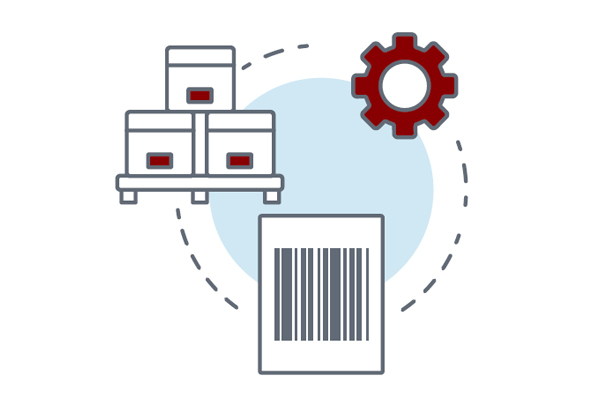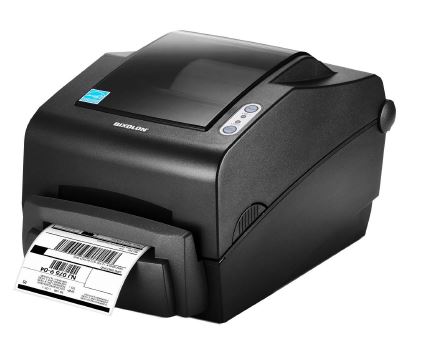Label Printing with eCommerce

This is Chapter 8 of 13 in our eBook on eCommerce Fulfillment for 3PL Warehouses. See the link below to download the full ebook
Unless you’re doing ship-to-store type fulfillment, the warehouse will almost always be required to handle printing the small parcel carrier shipping label. In some simple scenarios with low variability, a warehouse can batch print a group of shipment labels for a batch before the picking and packing have commenced. The shipping labels would then be organized and sorted with the picking ticket or packing lists to be manually confirmed and affixed during packaging. Generally, this is reserved for shipments where the client orders full cases of the same product and there is no pick-pack required for different order configurations of items going out.

Another scenario that is a good fit for batch printing shipping labels is for a batch of Clone Orders. Clone Orders indicate that every order in the batch has the same order type and quantity of SKUs but each order goes to different customers. For example, an internet subscription service that sends the same product to thousands of consumers every month. The orders would all be identical except for the final ship-to address. Since all the orders are identical, it doesn’t matter which label or packing slip is paired up with each package. Most eCommerce operations have higher variability, which would require a packing station software solution that would allow scanning information about the order to upload to the small parcel carrier and generate the shipping label at that time.
When shipping to a retail store, a UCC-128 retailer compliant label may also be required. In accordance with the fourth principle, to combine similar steps, it is recommended to generate these labels at the same time as the shipping labels if possible. This package will be assigned a unique SCC-18 CSN (carton serial number) which in turn gets printed on the UCC-128 carton label.
Retailers who require UCC-128 labels will usually also be transacting over EDI with an ASN (advanced shipping notice). The ASN will need to communicate information about each shipping container identified by the SCC-18ACSN number and the contents of that shipping container, so a software-based packing station would then be required, and both the retailer label and the carrier label should be generated at the completion of the packing station scanning.
When the product arrives at the destination, the retailer will scan the SCC-18 barcode on the label and their system can then identify exactly what contents and quantities of the products have arrived in that specific carton.
If the retailer finds discrepancies between the label and the ASN, or if the format of the label does not match their strict requirements, the store receiving the goods will issue a chargeback. To avoid these chargebacks, it is recommended that a warehouse allot additional time and resources at the beginning of the project to allow for development and compliance testing. A go-live should not be scheduled until the retailer has received real data tests of the EDI and the labels from the WMS software, and has signed off their approval of the tests. The additional care required for retailer compliance labels is considered a value-added service.
Feel free to click here to access the download page for the full eBook or check back as we post regularly.
